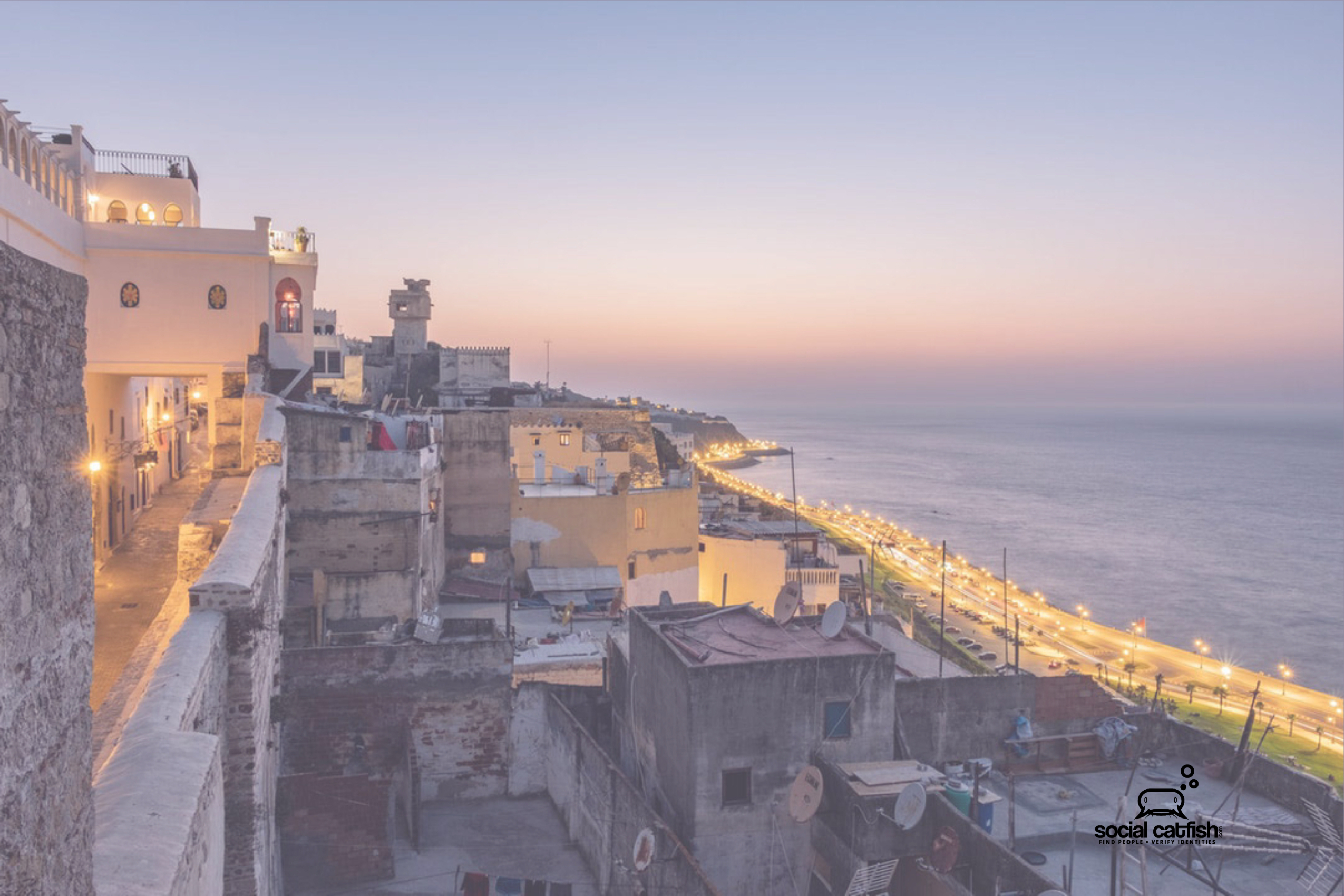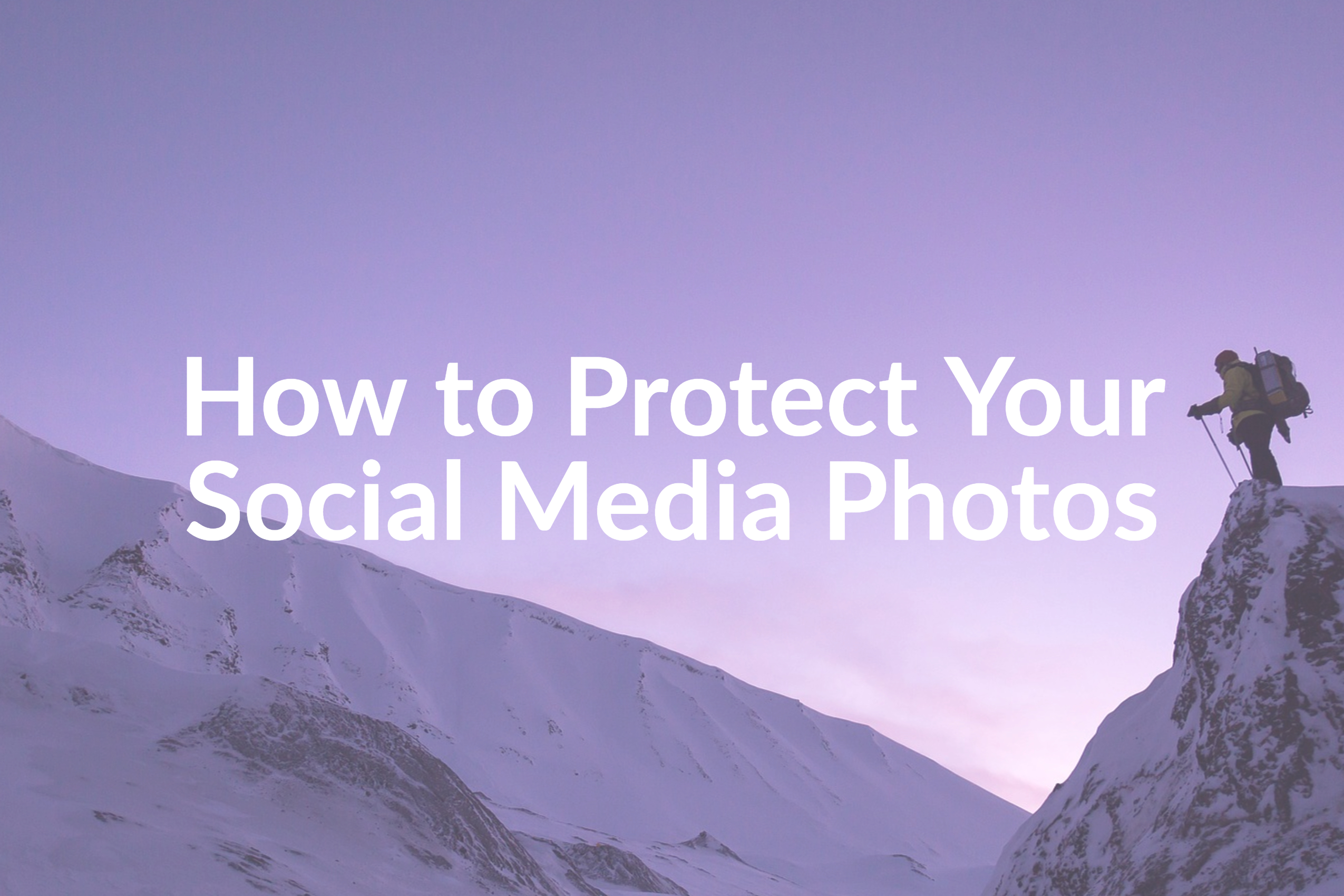Stolen Pictures: 6 Way to Protect Your Work
In this Internet age, it is becoming more and more popular for photographers to have their photography work stolen and it is very easy to do. As a photographer, you work hard to perfect your photography skills to produce that perfect image. One day you are looking through an article or blog post online and low and behold you see your own images staring back at you. Without your knowledge or permission, there is your photo creation online with someone else getting the credit.
Image theft is becoming more and more prevalent across the internet with all types of photography. In other words, photo image theft is a form of plagiarism which is defined as “taking or using ideas, passages, etc. from another’s work.” Photography theft is now becoming recognized as something the photography community no longer wants to accept and is taking a stand against photography thieves. Read on for tips on how to prevent image theft and what action you can take if this happens to you.
How to Prevent Your Image from Being Stolen or Plagiarized
Watermark Your Photos
A watermark is a symbol or design added on top of your photos. In essence, it identifies your photo with your brand. It is marking your photography work wherever it is seen and makes it more difficult for thieves to steal your work. It is a way of adding a signature to your work. It is not 100% foolproof, but it can identify your photo and prove it has been stolen.
The downside to watermarking your work is that it may make your work less attractive as some people say they would prefer to choose an image without a distinctive watermark. When watermarking your image, try to make it more subtle but still a symbol that is identifiable to prove ownership of your work.
Disable Right-Click on Images
The easiest and most common way that people steal your photos is to simply view the photo, right click on it and save to their own computer, allowing them to then repost and take credit for your work. You can easily disable right-clicking on your sites images through a WordPress plugin labeled No Right Click Images Plugin. This plugin uses JavaScript to disable right click action to your images. This is a deterrent to photo thieves.
Downsize Your Images to Low Resolution
Using a low resolution (i.e., 72 dpi) on your photo site will make it more difficult for anyone to steal your work and use it in printed material. This is not foolproof but using lower resolution makes your images less appealing or valuable for printed use. However, it does not affect using your photos online.
Add a Photo Disclaimer
Some people that steal photos are unaware that it is not okay to take online pictures without permission. They may find your photo through Google search and not realize they are infringing on your rights or plagiarizing your work. Adding a disclaimer makes it clear that your photos are not to be shared or copied without your permission.
Consider an Image Tracking Service
The are image tracking service that will monitor the web for your images and the arrange legal action against the photo thief.
Use Berify!
Berify can do a reverse image search to identify where your photos are being used without your knowledge or permission.
What to Do If Your Photo Images Are Stolen
Removal Request
The easiest resolution to is to contact the thief and simply ask them or the company to remove your image. It is time-consuming to police your work, but if it works this is the easiest way to stop the image theft.
DMCA Takedown Notice
DMCA stands for Digital Millennium Copyright Act and is an American law. It is a legal notice stating that you are making a truthful claim that you took the images and no one has a right to use your work and they must “takedown” your images. You can file a DMCA to website owners and hosting company by making a claim about your stolen work. It needs to be accompanied with the identification of the work, the location where you saw the stolen image, a statement of good faith that the photographer is the legal copyright holder.
Cease and Desist
You can send a cease and desist notice to the thief. If taking this action, be sure to make print screens to record as much evidence as possible, notify the website owners and hosting company asap as the other party can quickly remove the physical evidence before any proof is recorded. Letters from attorneys are much more effective than an email from you.
Because of the prevalent nature of image theft today, you need to educate yourself and protect yourself against image theft. Berify can provide state of the art reverse image searches to help you protect your work and identify if you are a victim of photo image theft.




![[Photographers] Learn How to Protect Your Pictures Online](https://berify.com/blog/wp-content/uploads/2018/02/Adobe-Spark-10.jpg)
![[Infographic] A Snapshot of Online Image Theft](https://berify.com/blog/wp-content/uploads/2018/02/My-Post-3-1.jpg)
